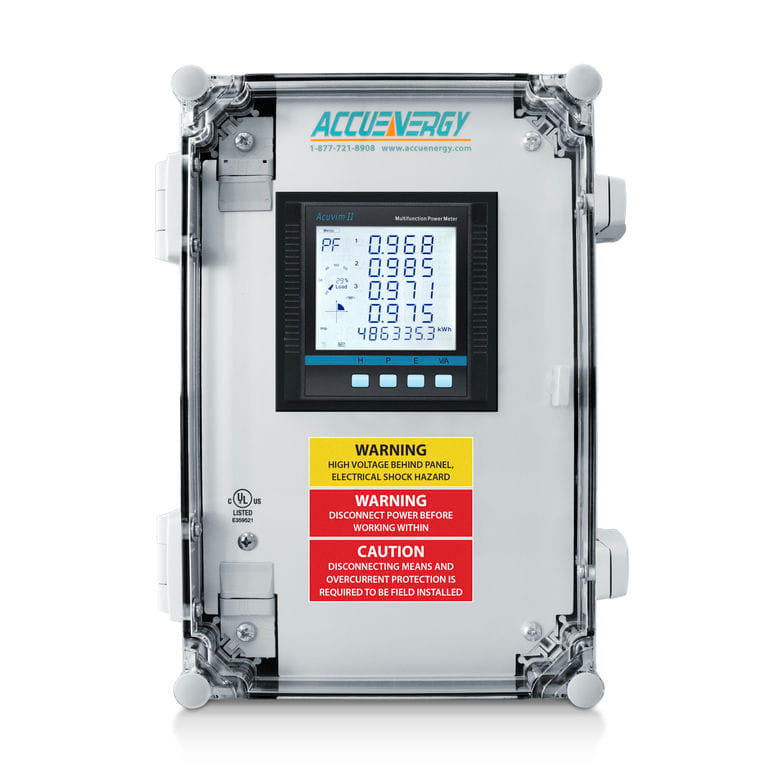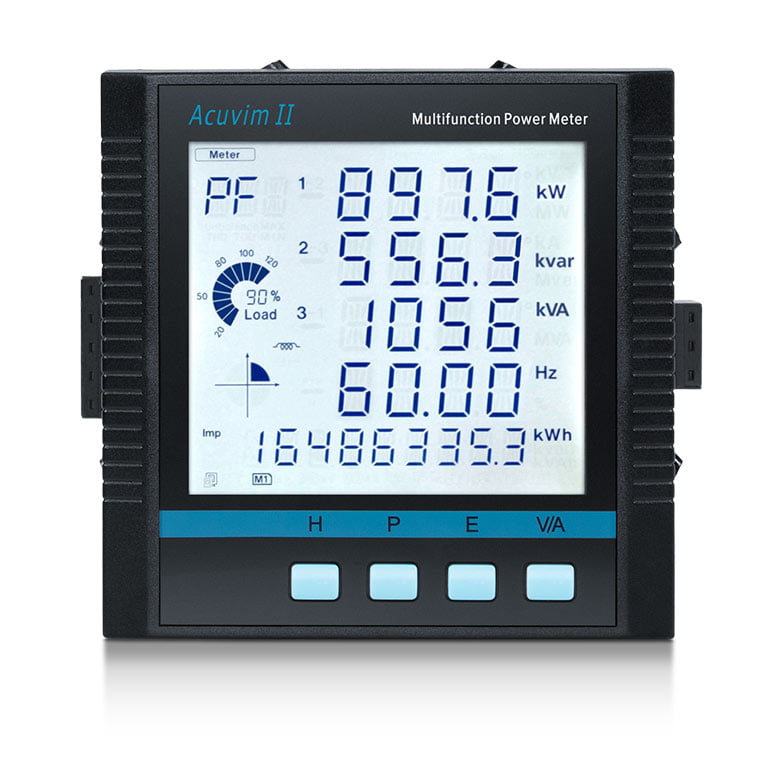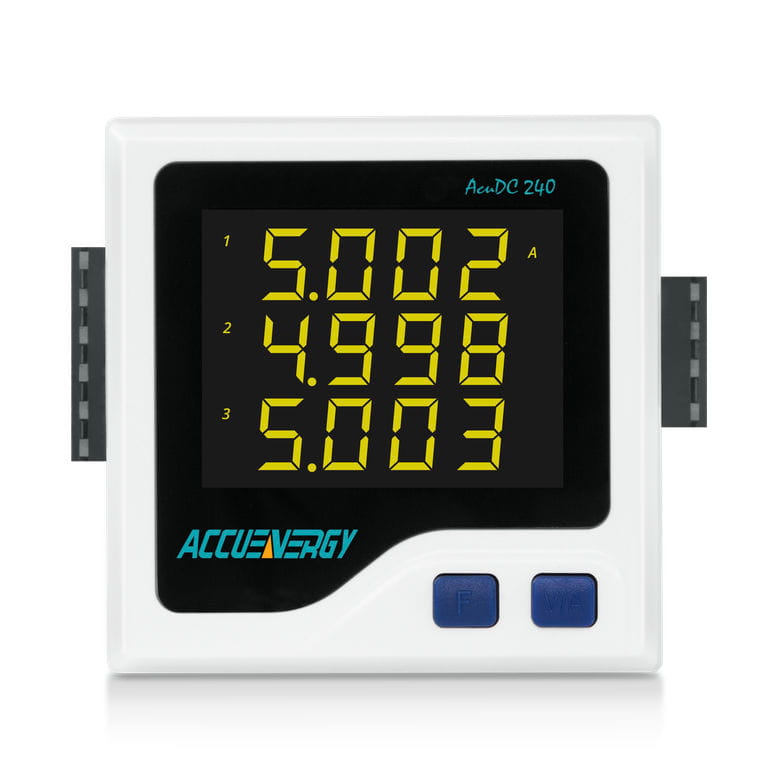Energy Metering for Electric Vehicle (EV) Charging Stations

The number of Electrical Vehicle (EV) charging stations are steadily increasing everyday as electric vehicles become more popular. More and more, EV's are being accepted as a valuable component of the auto industry growth. As a result, EV charging stations can be found in private residences, public dedicated charging stations and even at commercial and residential buildings such as offices and condos.
With residential use, these charging station's energy cost is added to the homeowner's utility bills. Although there are stand alone charging stations (such as Tesla’s Supercharger) that are free, many other charging stations offered by high-use commercial or residential buildings can consume significant amount of energy as EV owners "refuel" their electric cars power supply. In cases like these, energy consumption and cost by EV stations needs to be metered accurately.
Electric Vehicle Market is growing fast
In the past year, global sales of new electrical vehicles have just passed the 1 million mark - according to McKinsey's Electrical Vehicle Index. With this growth trajectory, EV producers could possibly quadruple that achievement by 2020, moving 4.5 million units, around 5 percent of the overall global light-vehicle market.
As of September 2018, there are over 20,000 private & public electric (EV) charging stations in the United States (86.9% being available to the public) and over 50,000 worldwide. This number is rapidly growing still as mileage of EV's increase (which it now nearing 300km per charging). A significant number of residential and commercial buildings are offering EV charging stations and finding the urgent need to monitor and track the energy consumption for power cost allocation for billing. In these circumstances, a revenue grade multi-function power & energy meter is required to authenticate consumption and correctly allocate costs.
EV Metering Applications
Accuenergy offers a variety of solutions on both the AC and DC metering side with varying degrees of measurement dependant on your energy management needs.

Monitoring Total Energy Consumed
Basic kilowatt hour (kWh) monitoring is available for those simply interested in an accumulated total of energy consumption.
This will help users to determine accurately what portion of the total energy usage is derived from the EV chargers. This application requires Accuenergy’s AcuPanel 9104X-KL power & energy meter which is a self-enclosed energy monitoring system that is simple and easy to use.

Acuvim II Power Meter
Accuenergy offers advanced energy monitoring solution for those who prefer to have deeper look into the energy consumption and usage patterns of EV stations. Advance AC monitoring allows remote monitoring via ethernet connection and enables historical logging of energy usage.
These data logs are stored in the meter itself and can be extracted to generate reports. These report, in turn, helps improve energy management by providing a better understanding of energy consumption patterns and determining when the highest demand occurs historically.
This application requires the use of Acuvim IIR or Acuvim IIE power meters for the inclusion of time-of-use (TOU) or time-based tariff billing.

Full Monitoring Solution
Accuenergy also offers complete monitoring solution for EV stations that generate power via renewable energy sources such as wind and solar (as either the sole or partial power source provider). This solution offers monitoring on both the AC and DC side with both units being able to create historical data logs and record every energy parameters for full monitoring of the power production and consumption.
This application would require Acuvim IIR & AcuDC 243-D power meters as well as an Ethernet module for remote communication.
Application Summary
Regardless of which solution best meets the applications goals, Accuenergy is able to support the further development and deployment of EV charging stations by creating/supporting with valuable tools to monitor the usage and effectiveness of these devices as they become more prevalent.
